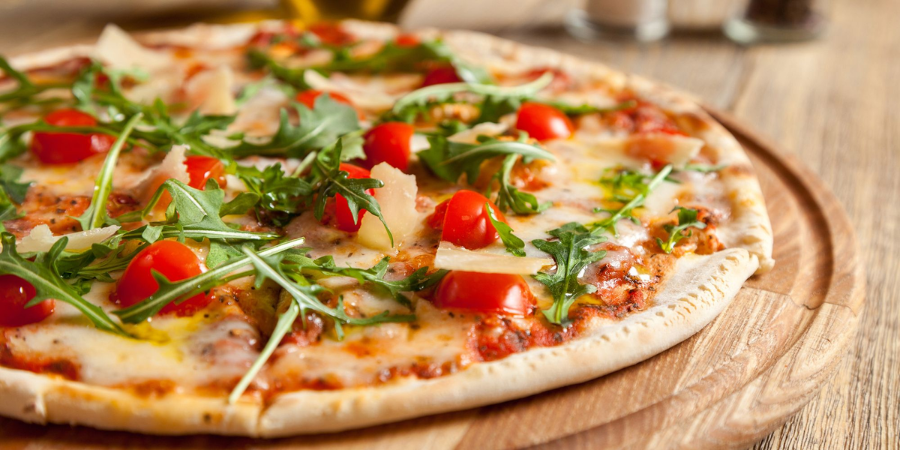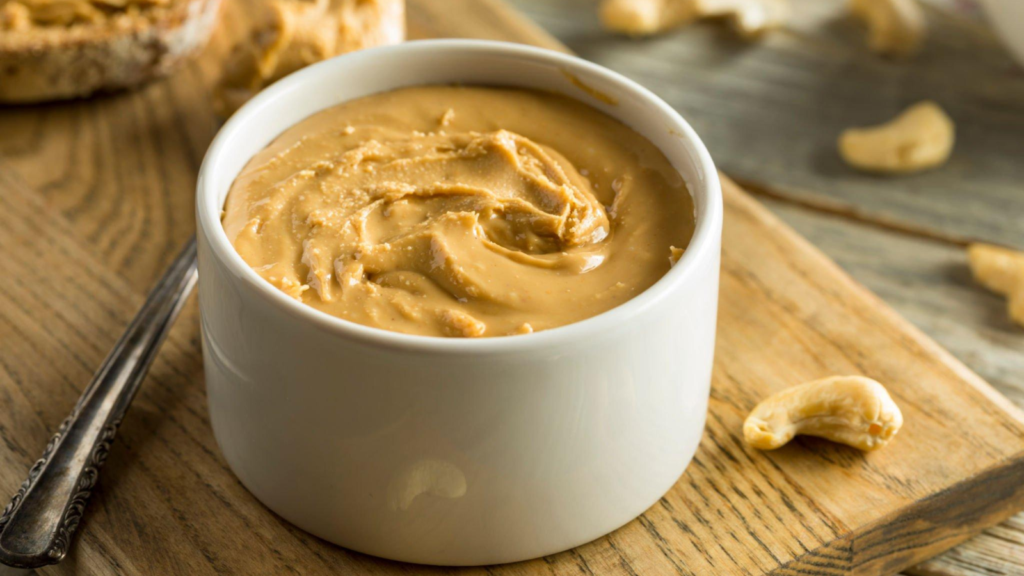Pizza is one of the most beloved foods worldwide. But the question remains: is pizza healthy? This article delves into the nutritional aspects of pizza, exploring its ingredients, potential health benefits, and drawbacks. By the end, you’ll have a clearer understanding of whether you can enjoy this classic dish guilt-free.
Understanding Pizza
Pizza originated in Italy but has become a global phenomenon. This delicious dish typically consists of a dough base, sauce, cheese, and various toppings. The versatility of pizza allows for countless variations, making it easy to cater to different tastes and dietary preferences.
Types of Pizza
- Traditional Italian: Thin crust, simple toppings.
- American Style: Thick crust, loaded with toppings.
- Deep-Dish: A Chicago specialty with a thick crust and layered ingredients.
- Health-Conscious Options: Cauliflower crust, whole grain bases, vegan cheese.
Each type presents unique nutritional profiles, which can influence our assessment of whether pizza is healthy.
Nutritional Breakdown
To answer the question, “is pizza healthy?” we need to examine its nutritional components.
Calories and Macronutrients
The caloric content of pizza varies significantly based on its ingredients. Here’s a quick comparison:
| Type of Pizza | Serving Size (1 slice) | Calories | Protein | Carbs | Fat |
|---|---|---|---|---|---|
| Traditional Cheese | 1 slice | 285 | 12g | 36g | 10g |
| Pepperoni | 1 slice | 300 | 13g | 34g | 14g |
| Veggie | 1 slice | 250 | 11g | 30g | 9g |
| Deep-Dish | 1 slice | 450 | 20g | 45g | 22g |
| Cauliflower Crust | 1 slice | 150 | 8g | 10g | 7g |
Vitamins and Minerals
Pizza can also be a source of essential nutrients:
- Calcium: From cheese, important for bone health.
- Iron: Found in meats and vegetables.
- Vitamin A: Present in tomato sauce and certain toppings.
- Fiber: Whole grain crusts or veggie toppings can increase fiber intake.
However, the nutrient density varies widely based on toppings and crust choices.
Health Benefits of Pizza
Despite its reputation as a junk food, pizza can offer some health benefits when made with care:
Nutrient-Rich Ingredients
Using fresh vegetables as toppings can boost the vitamin and mineral content of your pizza. For example:
- Spinach: High in iron and vitamins A and C.
- Bell Peppers: Rich in antioxidants.
Balanced Meal
Pizza can serve as a balanced meal when it includes:
- A source of protein (like chicken or legumes).
- Healthy fats (like olive oil or avocado).
- Plenty of vegetables.
Portion Control
Eating smaller portions can allow you to enjoy pizza while maintaining a balanced diet. Pairing it with a salad can also help manage calorie intake.
Potential Drawbacks
While pizza has its perks, it’s essential to consider potential downsides:
- High in Calories: Many pizzas are calorie-dense, especially those with thick crusts and multiple toppings. Overeating can lead to weight gain.
- Processed Ingredients: Many commercial pizzas contain processed meats high in sodium and preservatives. Regular consumption may lead to health issues like hypertension or heart disease.
- Refined Carbohydrates: Traditional pizza dough is often made from refined flour, which lacks fiber and nutrients compared to whole grains.
Making Healthier Pizza Choices
If you love pizza but are concerned about its health implications, here are some tips for making healthier choices:
- Choose Whole Grain Crusts: Opt for whole grain or cauliflower crusts to increase fiber content and reduce refined carbs.
- Load Up on Vegetables: Add as many vegetables as possible to your pizza. They add flavor without significantly increasing calories.
- Limit High-Calorie Toppings: Be mindful of high-calorie toppings like extra cheese or fatty meats. Consider alternatives like grilled chicken or plant-based proteins.
- Control Portion Sizes: Instead of eating several slices, try enjoying just one or two slices along with a side salad for balance.
- Make It at Home: Homemade pizzas allow you to control ingredients, portion sizes, and cooking methods. Experiment with healthier recipes that suit your taste preferences.
Conclusion: Is Pizza Healthy?
So, is pizza healthy? The answer is nuanced. It depends on various factors including:
- The type of crust used.
- The choice of toppings.
- Portion sizes consumed.
When made thoughtfully, pizza can be part of a balanced diet. Enjoying it occasionally—especially when prepared with healthier ingredients—can satisfy cravings without compromising your health goals.
In summary, while traditional pizzas may not always be the healthiest option, there are plenty of ways to enjoy this classic dish while keeping your nutrition in check! So go ahead—indulge in your favorite slice while being mindful of what’s on it!


